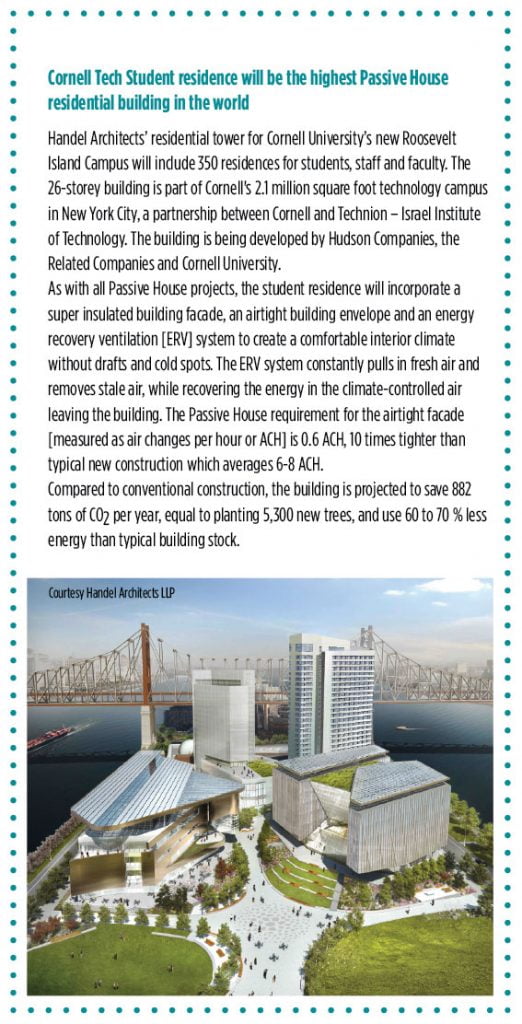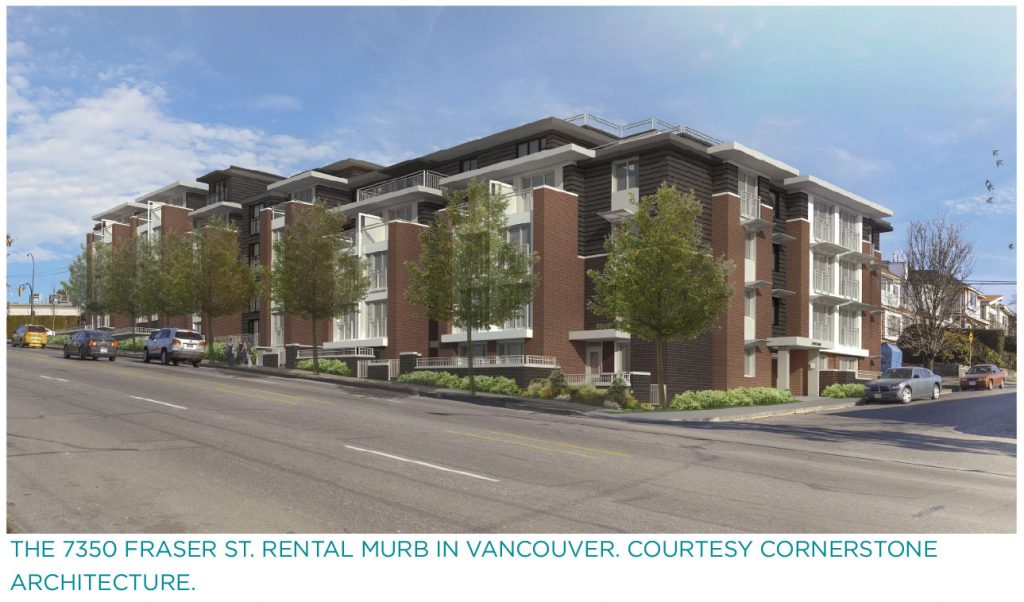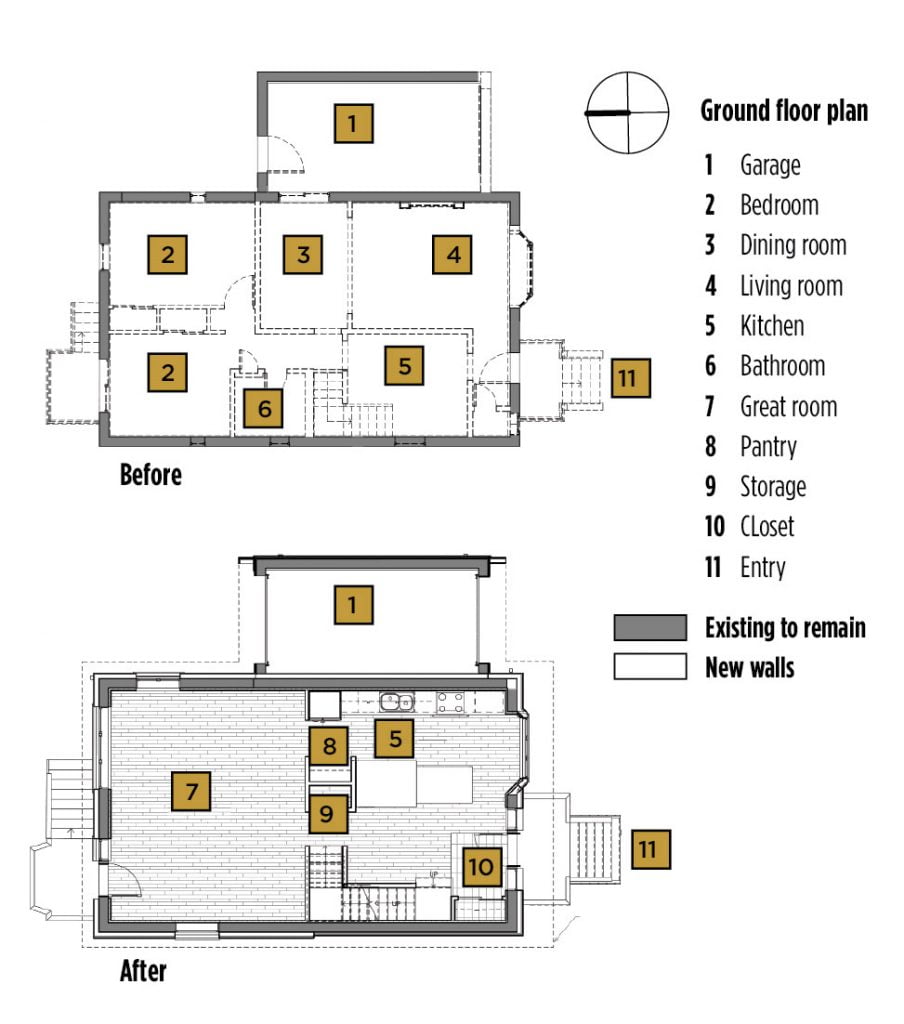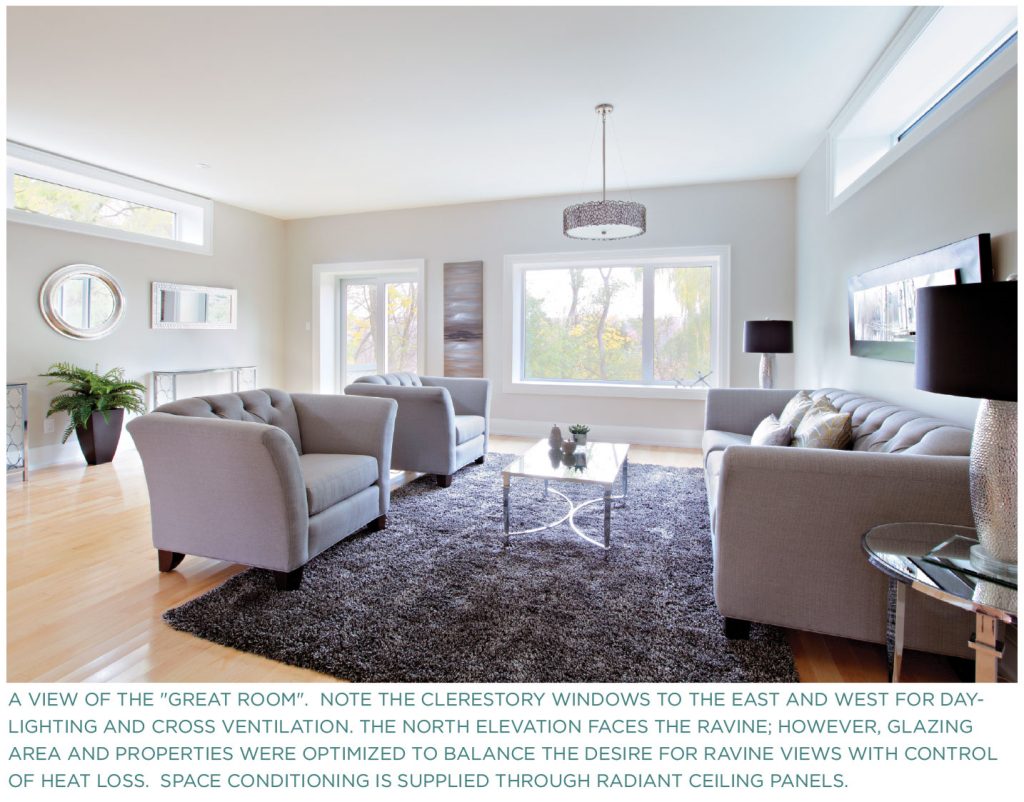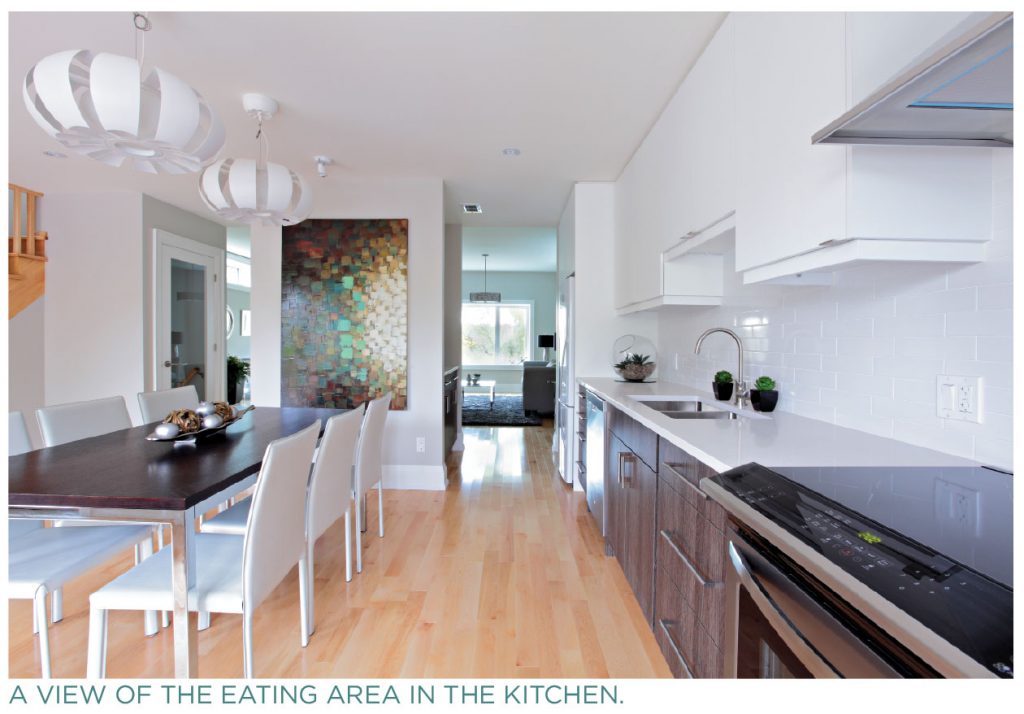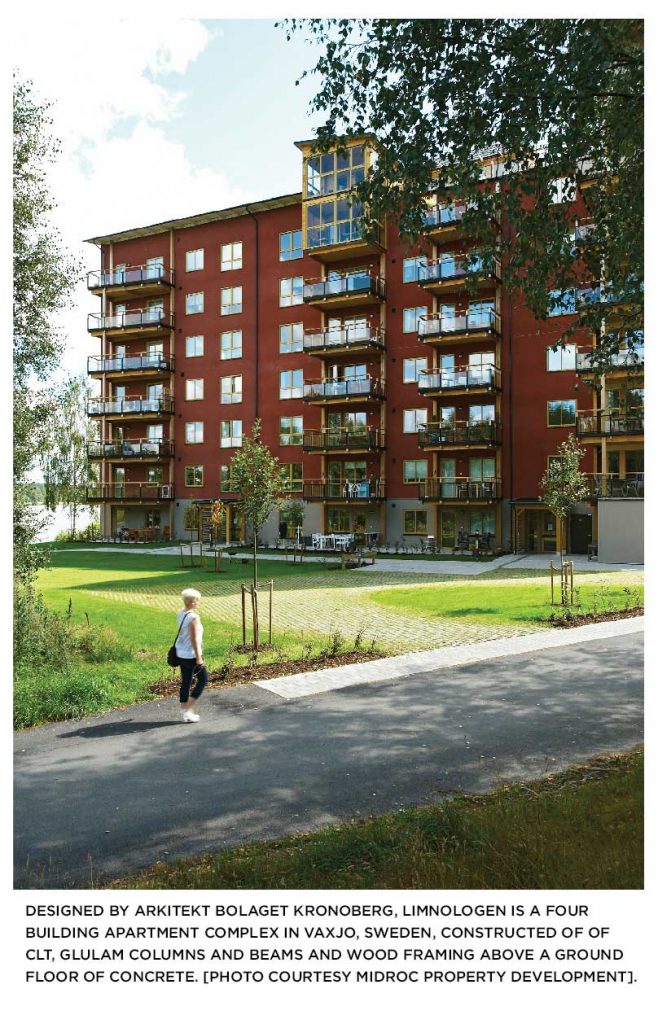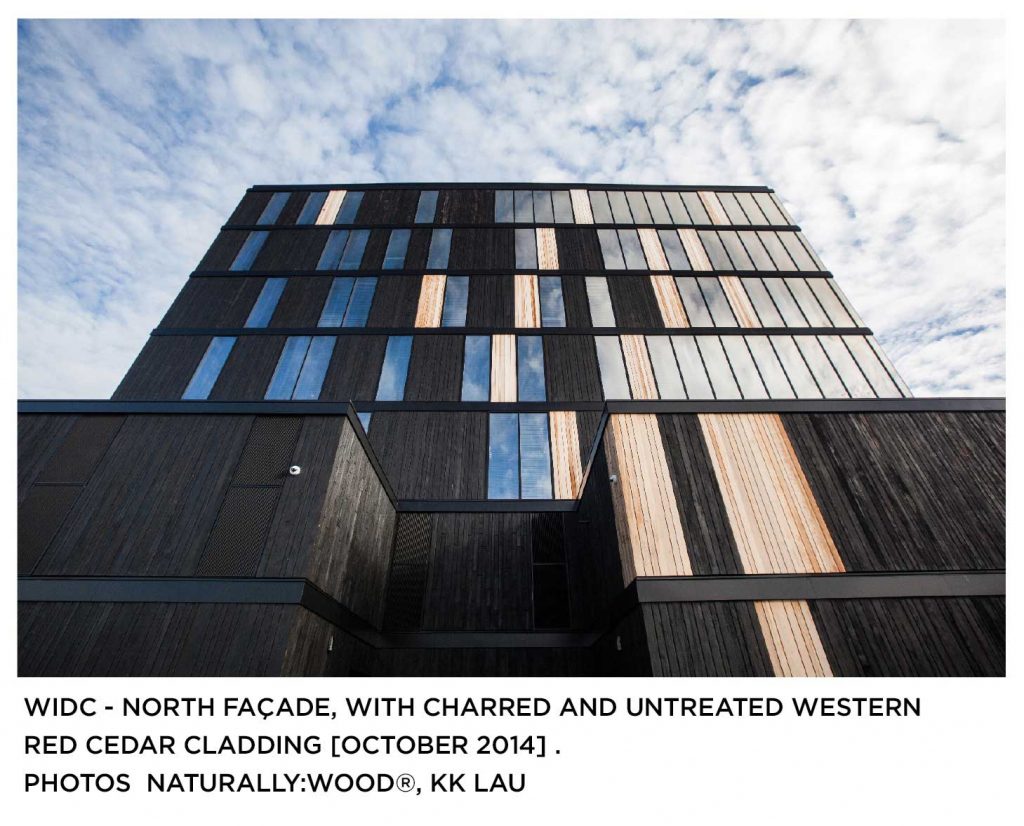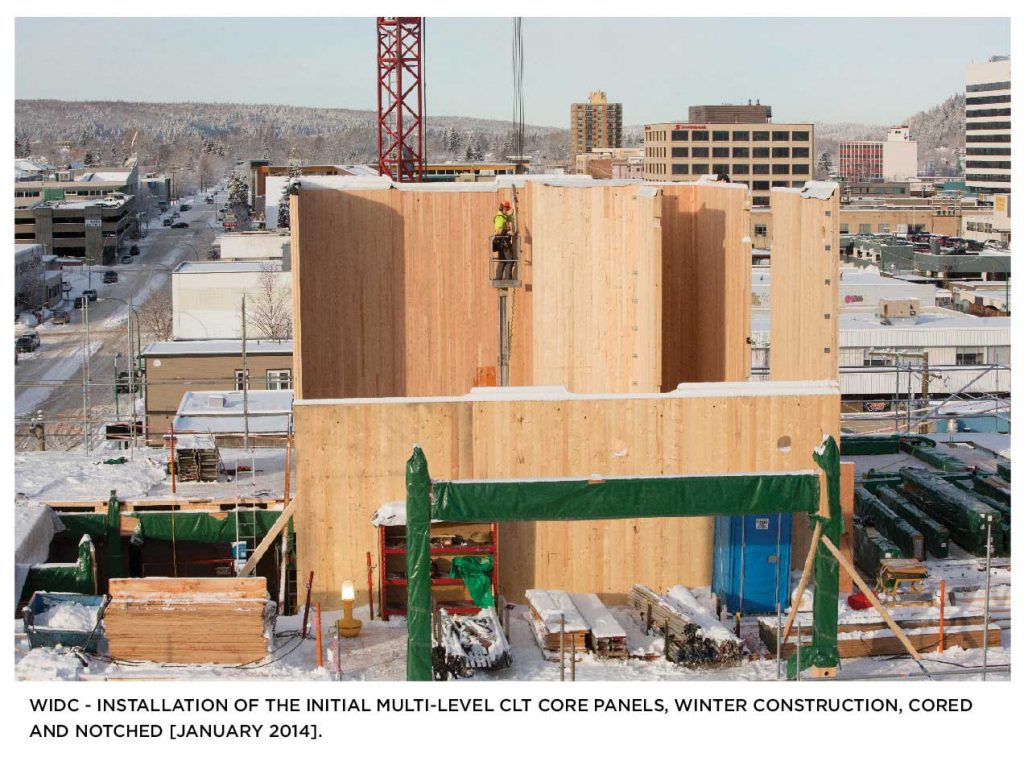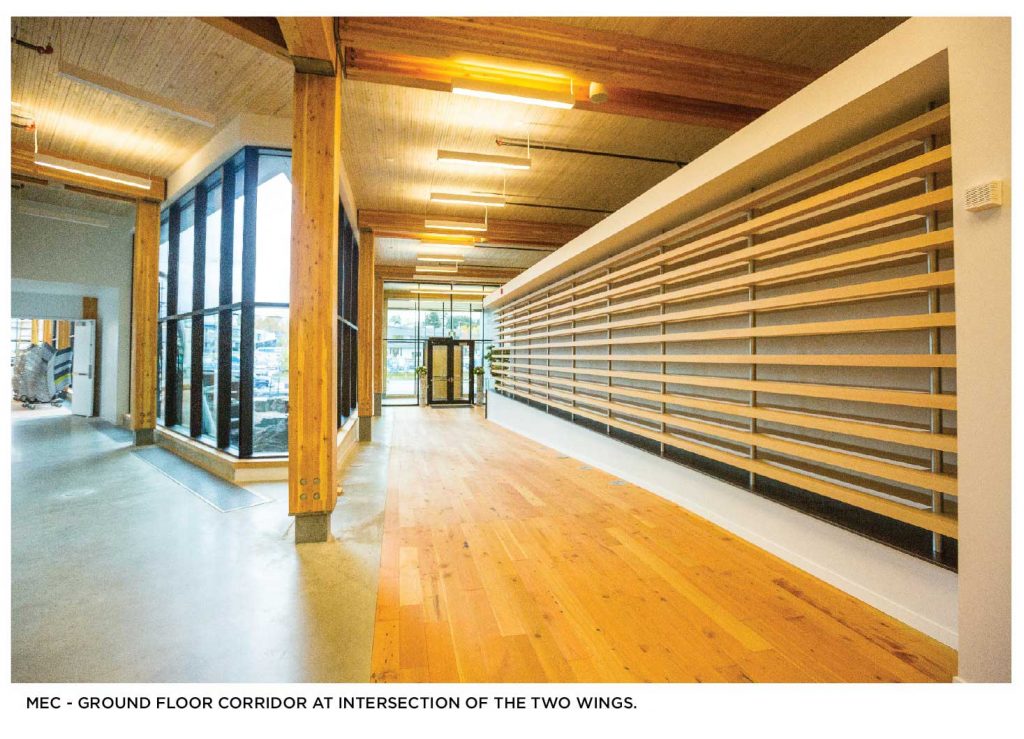
By Andrew Peel
The Passive House Standard was developed with the intent of designing and constructing buildings whose space heating load could be entirely met through the ventilation supply air required for adequate indoor air quality. Early examples, including the Stadtwerke Hannover Passive House estate in Hannover, conclusively demonstrated that this goal can be achieved in practice.
As Passive House expanded into climates requiring active cooling, this goal was expanded to include meeting the entire space cooling load via the ventilation supply air. However, delivery temperatures of around 13oC limit the cooling capacity of the ventilation supply air to a level that is generally inadequate for this purpose. To increase the cooling capacity, it is theoretically and practically possible to reduce the supply air temperature. Indeed, ASHRAE has developed a designer’s guide to cold air distribution (CAD), a cooling strategy to which ventilation supply air cooling belongs.
To date, CAD has been applied to industrial and commercial buildings. However, mechanical designers are uncomfortable adopting such an approach for residential buildings, due to three primary concerns:
1) The risk of condensation on the diffuser, caused by an indoor dewpoint temperature that is higher than the colder supply air temperature.
2) The risk of occupant discomfort, due to improper mixing of supply air and room air, leading to air dumping and cold draughts.
3) The risk of mould growth on the interior finish in the vicinity of the diffuser due to reduced surface temperatures.
The author has undertaken laboratory experiments to determine under what conditions CAD is feasible in residential buildings. An instrumented suite mock-up was created within two identical test chambers located within a rooftop test facility of the University of Toronto. The mock-up was intended to represent a typical residential suite room.
The investigation examined the influence of the following key parameters on the three risks noted above:
• supply air flow rate,
• supply air velocity,
• diffuser type,
• diffuser location,
• insulation thickness,
• air and vapour sealing,
• diffuser coating, and
• position in room.
This innovative solution is a funding recipient of the Phase 2 of the Building for the Future Round of the Housing Supply Challenge. This challenge, administered by Canada Mortgage and Housing Corporation, seeks to remove barriers to housing supply in Canada. Peel Passive House has received funding from an undisclosed source to pilot CAD in six multi-unit residential buildings across Canada. The buildings cover a wide cross section of geographic areas, climate zones, provinces, tenant demographics, small and medium size, rural and urban, and new builds, and retrofits. Beyond implementation, substantial product development is required to meet the more demanding technical specifications and to mitigate common implementation issues in construction.
Andrew Peel is principal of Peel Passive House Consulting Ltd. Insert this text and link … For more information https://www.peelpassivehouse.

